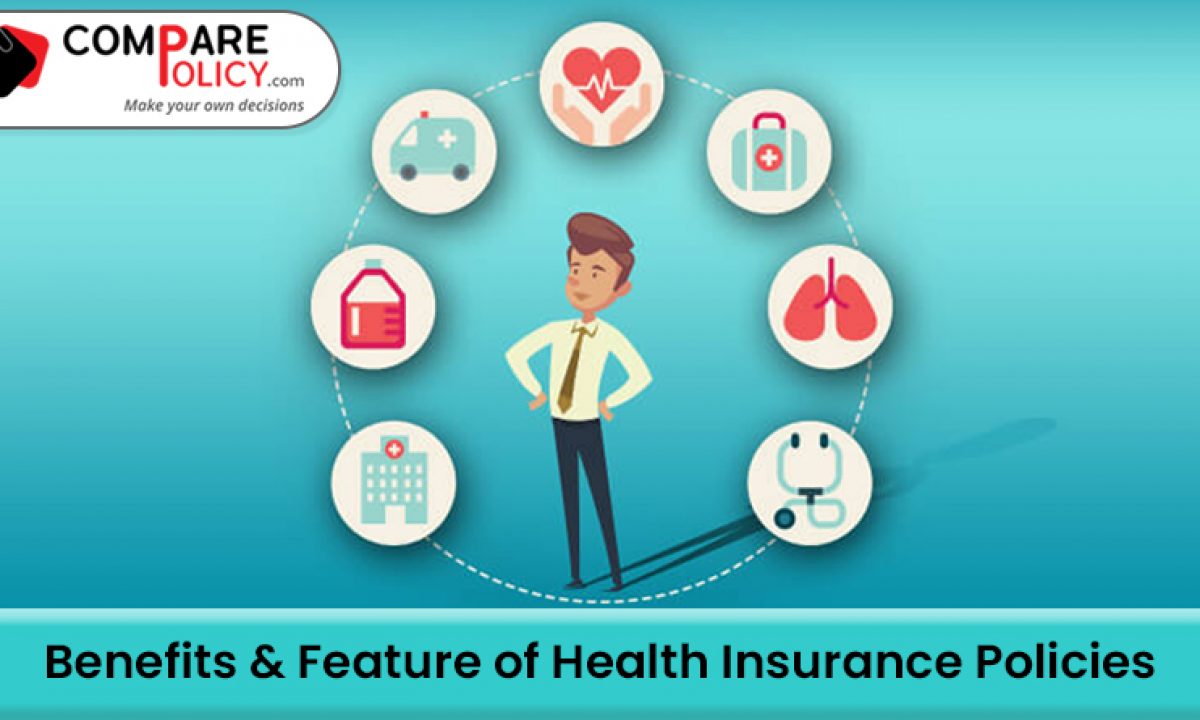Medicare Advantage Agent Things To Know Before You Get This
Table of Contents9 Easy Facts About Medicare Advantage Agent DescribedThe Facts About Medicare Advantage Agent Uncovered5 Simple Techniques For Medicare Advantage Agent


follows from adheres to the puzzling young age profile of the uninsured with the better health, wellness average, standard younger personsMore youthful For those without access to work environment health and wellness insurance coverage, bad health is a prospective obstacle to purchasing nongroup coverage due to the fact that such coverage might be extremely priced, exclude pre-existing conditions, or be merely inaccessible. Unless otherwise kept in mind, nationwide estimates of individuals without health insurance policy and percentages of the populace with different kinds of coverage are based on the CPS, the most commonly used source of estimates of insurance policy protection and uninsurance rates.
:max_bytes(150000):strip_icc()/coordination-of-benefits-1850523021ff453f8f4f2e19a99324ea.png)
Some Of Medicare Advantage Agent
Over a three-year duration beginning early in 1993, 72 million individuals, 29 percent of the united state population, were without coverage for at the very least one month. Within a solitary year(1994), 53 million people experienced at the very least a month without protection(Bennefield, 1998a). 6 out of every ten without insurance adults are themselves employed. Functioning does enhance the likelihood that one and one's household participants will have insurance policy, it is not a guarantee. Also participants of households with 2 full-time breadwinner have nearly a one-in-ten chance of being uninsured (9.1 percent uninsured price)(Hoffman and Pohl, 2000 ). The relationship in between medical insurance and access to care is well established, as documented later in this chapter. Although the partnership between medical insurance and wellness end results is neither straight nor basic, an extensive medical and wellness services research literature web links medical insurance protection
to enhanced accessibility to care, far better quality, and improved personal and population health condition. The second record, on individual health and wellness results for uninsured adults, is stood for by the inner circle of the figure, while the 3rd report, on family health, encompasses the topics of the second report but emphasizes a various system of analysis, namely, the family. The 6th report in the series will certainly present details concerning methods and initiatives carried out in your area, statewide, or country wide to address the absence of insurance coverage and its adverse effects. Levels of analysis for analyzing the effects of uninsurance. This conversation of health and wellness insurance coverage concentrates mainly on the united state populace under age 65 since virtually all Americans 65 and older have Medicare or various other public coverage.
Additionally, it focuses especially on those without any kind of medical insurance for any type of size of time. The troubles encountered by the underinsured remain in some respects comparable to those encountered by the without insurance, although they are generally less severe. Uninsurance and underinsurance, however, involve noticeably various policy issues, and the strategies for addressing them might differ. Throughout this research study and the five records to adhere to, the major focus gets on individuals without any health and wellness insurance coverage and therefore no help in paying for healthcare past what is offered through charity and safeguard establishments. Health and wellness insurance coverage is a powerful variable affecting receipt of treatment since both clients and physicians reply to the out-of-pocket cost of services. Health and wellness insurance coverage, however, is neither essential neither sufficient to access to clinical services. However, the independent and direct result of health and wellness
insurance protection on access to wellness solutions is well developed. Others will certainly acquire the healthcare they need also without health insurance policy, by paying for it expense or seeking it from suppliers who offer treatment free or at extremely subsidized prices. For still others, medical insurance alone does not guarantee invoice of care since of other nonfinancial obstacles, such as a lack of health care carriers in their community, restricted accessibility to transportation, illiteracy, or etymological and social differences. Official study about without insurance populations in the United States dates to the late 1920s and early 1930s when the Committee on the Cost of Treatment generated a series of reports concerning financing doctor office brows through and hospitalizations. This problem came to be significant as the numbers of medically indigent climbed during the Great Anxiety. Empirical researches consistently support the web link between access to care and boosted health and wellness results(Bindman et al., 1995; Starfield, 1995 ). Having a normal source of care can be this contact form thought about a forecaster of accessibility, instead than a straight measure of it, when wellness outcomes are themselves used as accessibility indications. This expansion of the idea of gain access to dimension was made by the IOM Board on Keeping Track Of Access to Personal Healthcare Services(Millman, 1993, p. Whether or not moms and dads are insured appears to impact whether their youngsters obtain treatment in addition to just how much careeven if the kids themselves have coverage(Hanson, 1998). The wellness of moms and dads can impact their capability to take care of their children and the degree of family members anxiety. Bothering with their children's accessibility to care is itself a source of tension for moms and dads. 3 chapters adhere to in this record. Chapter 2 provides an introduction of how employment-based health insurance, public programs and individual insurance policy plans operate and interact to provide considerable yet incomplete coverage of the united state population. This consists of an evaluation of historical patterns and public plans influencing both public and private insurance policy, a discussion of the interactions among Visit This Link the various kinds click this site of insurance, and an assessment of why individuals relocate from one program to an additional or end up
